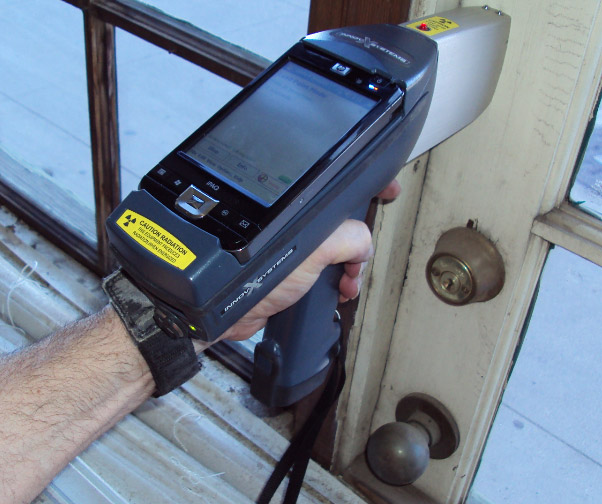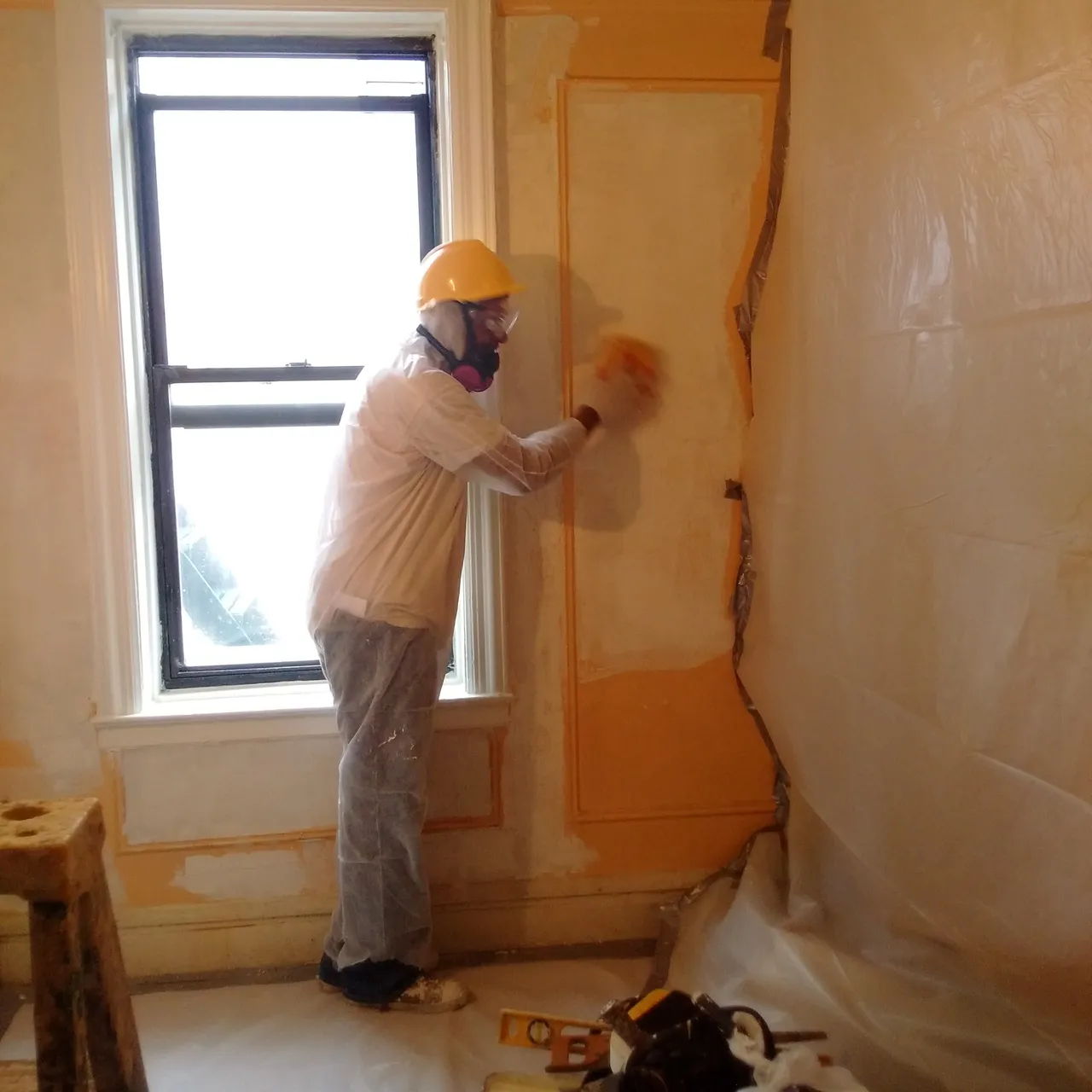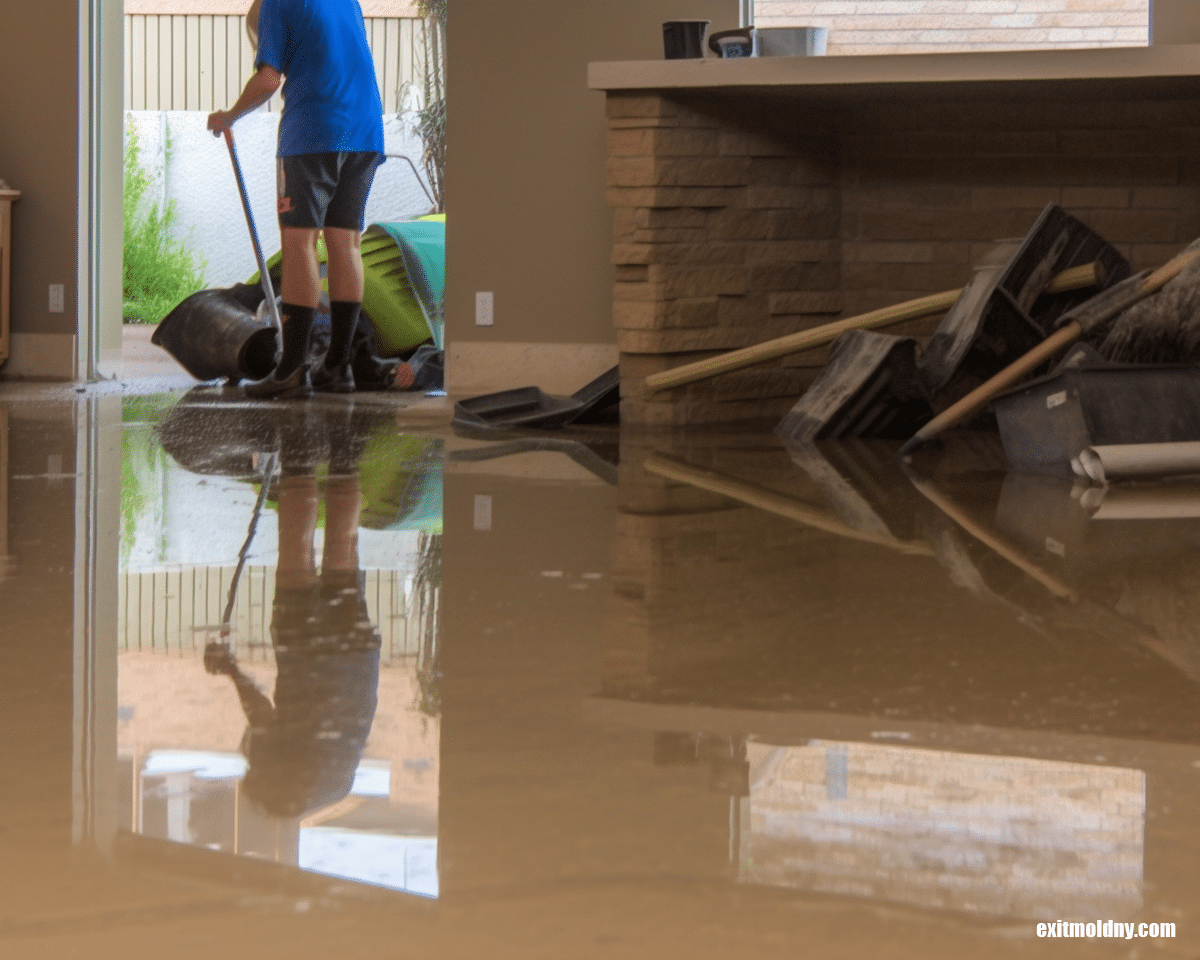Professional Lead Violation Removal in NYC-- Safeguard Versus Health Hazards
Finest Practices for Guaranteeing Safe and Detailed Lead Infraction Abatement
Addressing lead offense reduction calls for a multi-faceted technique to make sure both safety and security and compliance. It's the final clearance process, involving comprehensive evaluations and research laboratory testing, that really confirms a lead-free environment, making sure lasting security. Exactly how do these methods interconnect to ensure detailed lead reduction?

Initial Evaluation
Conducting a preliminary analysis is an essential very first step in lead infraction reduction. This stage includes a comprehensive analysis of the building to recognize the presence, level, and details locations of lead-based hazards. Certified professionals, such as qualified lead examiners or take the chance of assessors, need to perform a thorough site examination, using devices like X-ray fluorescence (XRF) analyzers to properly spot and gauge lead concentrations in paint, dust, soil, and water.
The assessment should likewise include an evaluation of the structure's history, previous reports, and any type of complaints or wellness concerns reported by passengers - Lead Removal Contractors. Documenting the findings carefully is vital, as these documents create the basis for establishing an effective abatement approach. A complete analysis additionally involves tasting and laboratory analysis, which are crucial to confirm the presence of lead and guide succeeding actions
Furthermore, it is essential to interact the outcomes transparently to all stakeholders, consisting of residential property owners, occupants, and regulatory authorities. By making sure that the preliminary evaluation is carried out with accuracy and roughness, specialists can lay a strong structure for a targeted and effective lead reduction procedure, ultimately safeguarding public wellness and ensuring compliance with regulatory criteria.
Proper Containment
Proper containment is crucial to stop the spread of lead contaminants throughout reduction tasks. Efficiently taking care of containment minimizes the danger of lead dirt and debris moving to non-work areas, thereby safeguarding both the environment and individuals outside the prompt job zone. To achieve appropriate containment, a closed obstacle of plastic sheet have to be established around the work area, making certain all seams and edges are securely secured. Lead Removal Contractors. This barrier must expand from floor to ceiling and be taped down to protect against any leaks.

Normal assessments of the control location are necessary to look for violations or weaknesses in the obstacle. Any type of identified issues need to be quickly addressed to preserve the stability of the control. By adhering to these practices, abatement jobs can successfully regulate lead contamination and mitigate involved health and wellness threats.
Employee Security
Ensuring employee protection is vital throughout lead reduction projects to protect against job-related exposure to dangerous lead bits. Necessary steps include the use of personal protective devices (PPE) such as respirators, handwear covers, and full-body fits especially designed to block lead dust and fumes. Workers should undertake detailed training on the appropriate use and upkeep of PPE, including fit testing for respirators to make sure maximum efficiency.
Design controls, such as neighborhood exhaust ventilation systems, are essential in reducing airborne lead concentrations in the workplace. Administrative controls must also be executed, including limiting the period of exposure and revolving employees to lower private exposure times. Routine clinical surveillance and biological tracking are vital for very early discovery of navigate to these guys lead absorption, enabling prompt treatment and treatment.
Moreover, establishing a decontamination method is important. Employees must follow rigid purification treatments before breaks and at the end of their shift to avoid lead dust from being carried outside the workplace. This consists of comprehensive hand and face cleaning with lead-specific cleaner and changing out of infected clothing.
Precise Cleanup
Keeping a secure work environment extends past worker defense and incorporates thorough cleaning to guarantee lead particles are completely eliminated from the site. The procedure of meticulous clean-up is vital in protecting against the recontamination of the eased off area and safeguarding both current and future occupants.
To attain a thorough cleanup, all workplace must be methodically decontaminated. This includes using specialized HEPA (High-Efficiency Particulate Air) vacuum cleaner cleansers and wet-wiping strategies to record and eliminate great lead dirt that might have decided on surface areas. It is vital to clean all straight surfaces, consisting of floorings, window sills, and countertops, along with vertical surfaces that might have trapped lead fragments.
Employees have to put on ideal personal safety devices (PPE) during clean-up to prevent direct exposure to residual lead dirt. Utilized cleaning materials such as wipes, sponges, and wipe heads must be thrown away based on contaminated materials disposal guidelines.

Last Clearance
Last clearance is the important concluding phase of lead abatement that identifies whether the website is secure for reoccupation. This vital step entails extensive evaluation and screening to verify that all lead risks have actually been efficiently gotten rid of.

Last clearance screening not just secures future occupants but likewise makes certain compliance with regional, state, and federal guidelines. Furthermore, it functions as a recorded validation of the reduction specialist's adherence to market finest methods. Making sure a thorough and successful final clearance is important in protecting public wellness and fostering rely on the abatement procedure.
Verdict
Guaranteeing secure and comprehensive lead offense reduction demands a complex technique encompassing preliminary evaluations with advanced discovery techniques, reliable containment methods, strict worker protection methods, and thorough clean-up treatments. The final clearance stage, featuring in-depth inspections and laboratory testing, is crucial to confirm conformity with EPA requirements. Adherence to these best techniques assures a risk-free environment for residents, minimizes wellness risks, and maintains governing needs, thereby advertising public wellness and safety in lead-affected locations.